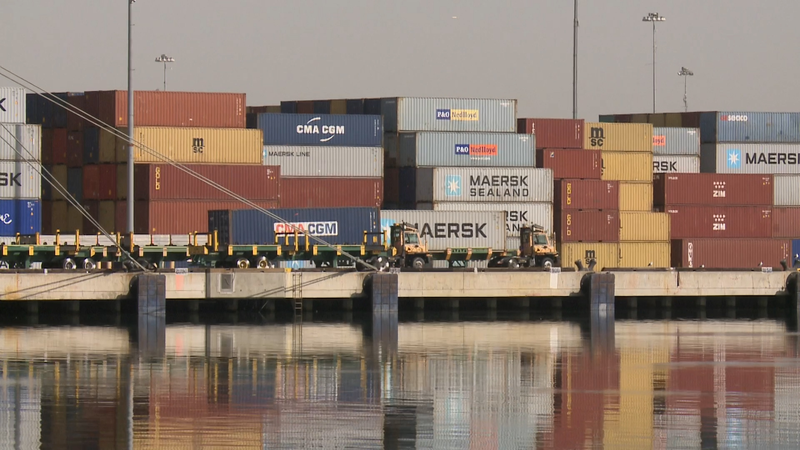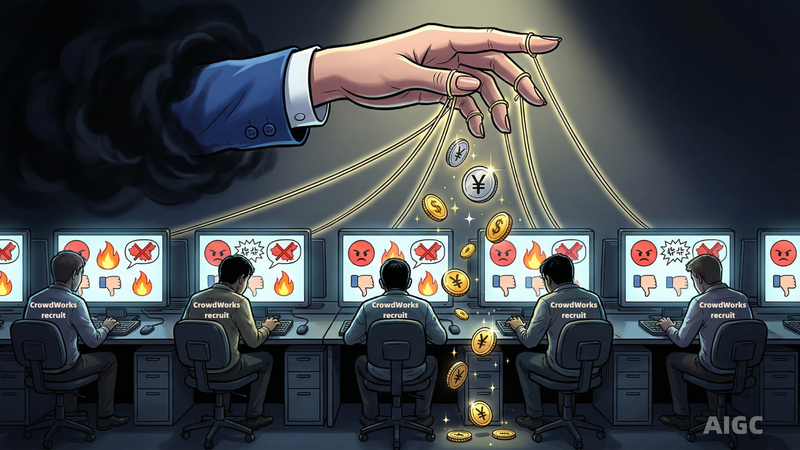From the bustling docks of Los Angeles to boardrooms around the world, the ongoing trade war is already reshaping how goods move across borders. Experts warn that new tariffs and countermeasures could slash trade volumes in the months ahead, challenging businesses to adapt—or risk being left behind.
Initial signs are emerging in container backlogs at major ports, cautious manufacturer order books, and a tightening of global supply chains. While the full impact remains to be seen, analysts agree that the trade war is more than a headline grabber—it’s a real economic force driving change.
Young entrepreneurs and digital nomads may feel the pinch as rising costs for raw materials push up prices on everything from consumer electronics to sustainable travel gear. Startups relying on cross-border collaboration might hit unexpected roadblocks, spurring a scramble for new sourcing strategies.
Meanwhile, thought leaders and policymakers are exploring digital trade platforms, streamlined customs processes, and regional partnerships to ease friction. The goal? To build more resilient, flexible value chains that can weather geopolitical storms.
As the year progresses, the global commerce landscape will continue to evolve. For businesses and individuals alike, agility and innovation are set to become the key currencies in a world where trade tensions leave no industry untouched.
Reference(s):
cgtn.com




